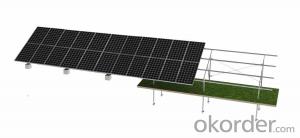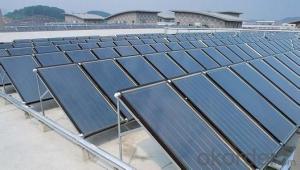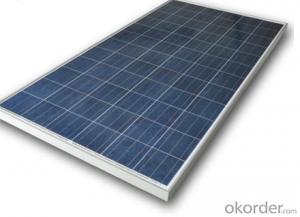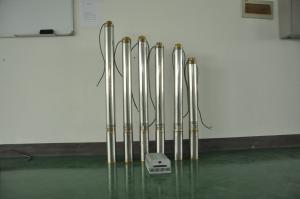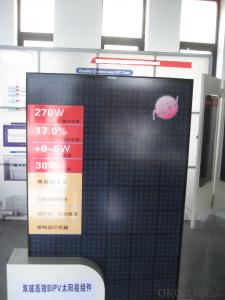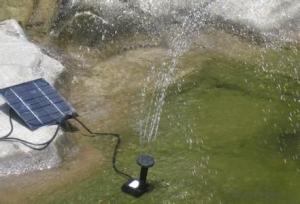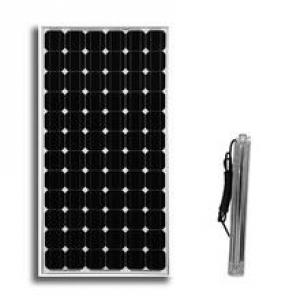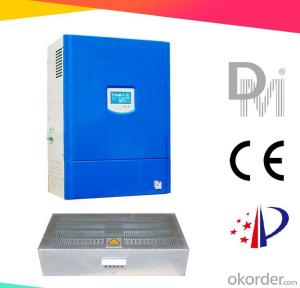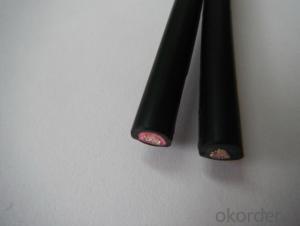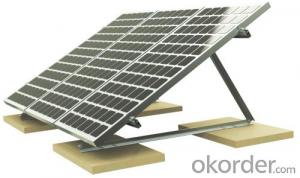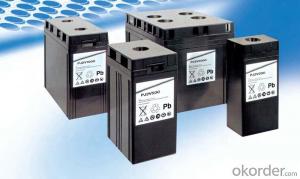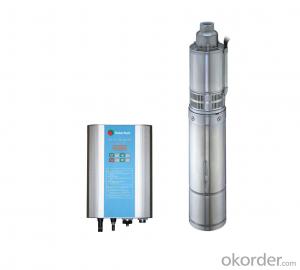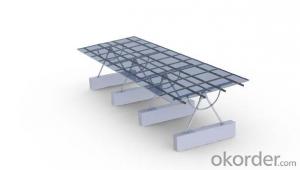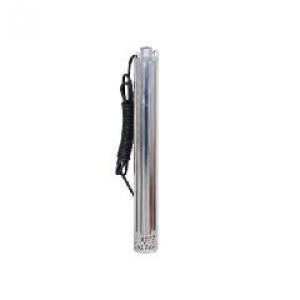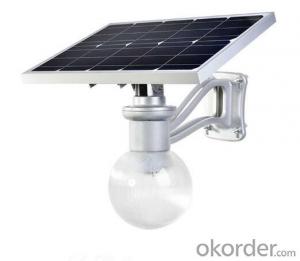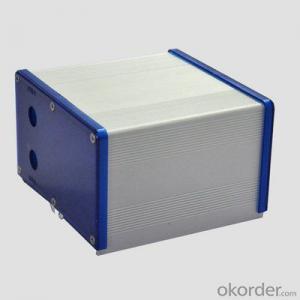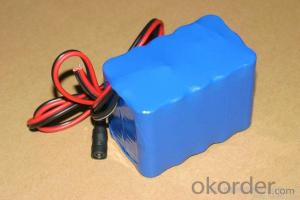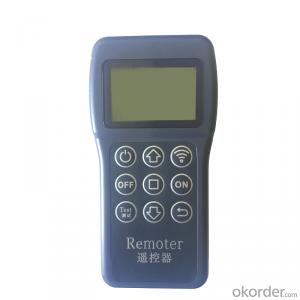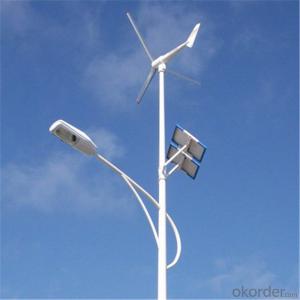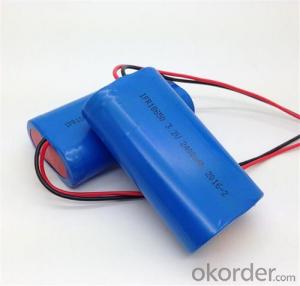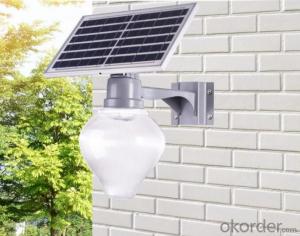Two Inverter Solar System
Two Inverter Solar System Related Searches
Dual Solar Inverter Dual Inverter Solar Dual Input Solar Inverter 2 Battery Solar Inverter Inverter 2kw Solar System Solar Inverter With 2 Battery 2kw Inverter Solar 2kw Solar Inverter 2 Kilowatt Solar Inverter Solar 2kw Inverter Hybrid Inverter Solar System Solar And Inverter System Inverter Solar System 2 Kv Solar Inverter 2kv Solar Inverter Solar Inverter System Home Solar Inverter System Inverter With Solar System 2 Kva Solar Inverter 2kw Hybrid Solar Inverter 2kw Solar Hybrid Inverter Hybrid Solar Inverter System 2kva Solar Inverter Micro Inverter Solar System Dual Mppt Solar Inverter Solar Power Inverter System Complete Solar Inverter System Best Inverter Solar System Inverter Solar Systems Solar Inverter ComboTwo Inverter Solar System Supplier & Manufacturer from China
A Two Inverter Solar System is a type of solar power system that utilizes two separate inverters to manage the energy produced by solar panels. This setup allows for greater efficiency and flexibility in managing the power generated, as each inverter can handle different tasks or work with different sections of the solar array. This system is particularly useful in scenarios where there are varying levels of sunlight exposure across the solar panels or when different types of panels are being used, as it can optimize energy production and reduce energy loss.The Two Inverter Solar System is widely used in residential, commercial, and industrial settings where solar power generation is essential. It is particularly beneficial in areas with fluctuating sunlight conditions or where the solar panels are installed at different angles or positions, as the system can adapt to these variations and maximize energy output. By using two inverters, the system can also help to prevent power loss in case one inverter fails, ensuring a more reliable and continuous power supply.
Okorder.com is a leading wholesale supplier of Two Inverter Solar Systems, offering a vast inventory of high-quality products to cater to the needs of various customers. With a strong commitment to customer satisfaction, Okorder.com ensures that each Two Inverter Solar System is thoroughly tested and meets the highest industry standards before being shipped to clients worldwide. By partnering with Okorder.com, customers can enjoy competitive prices, fast shipping, and excellent customer support, making it a reliable choice for sourcing Two Inverter Solar Systems.
Hot Products






